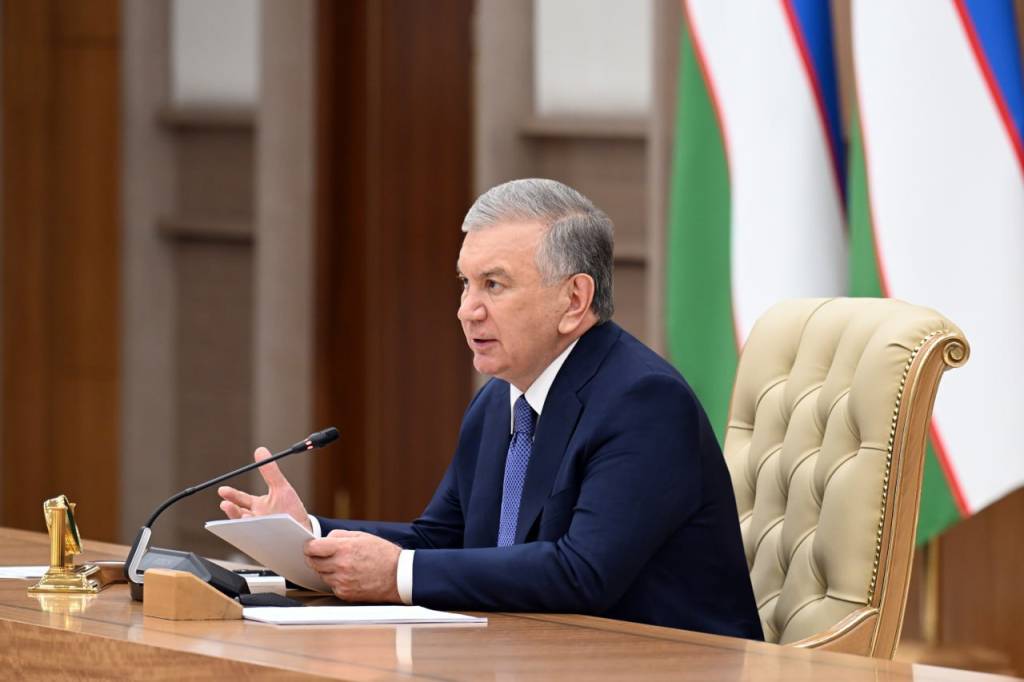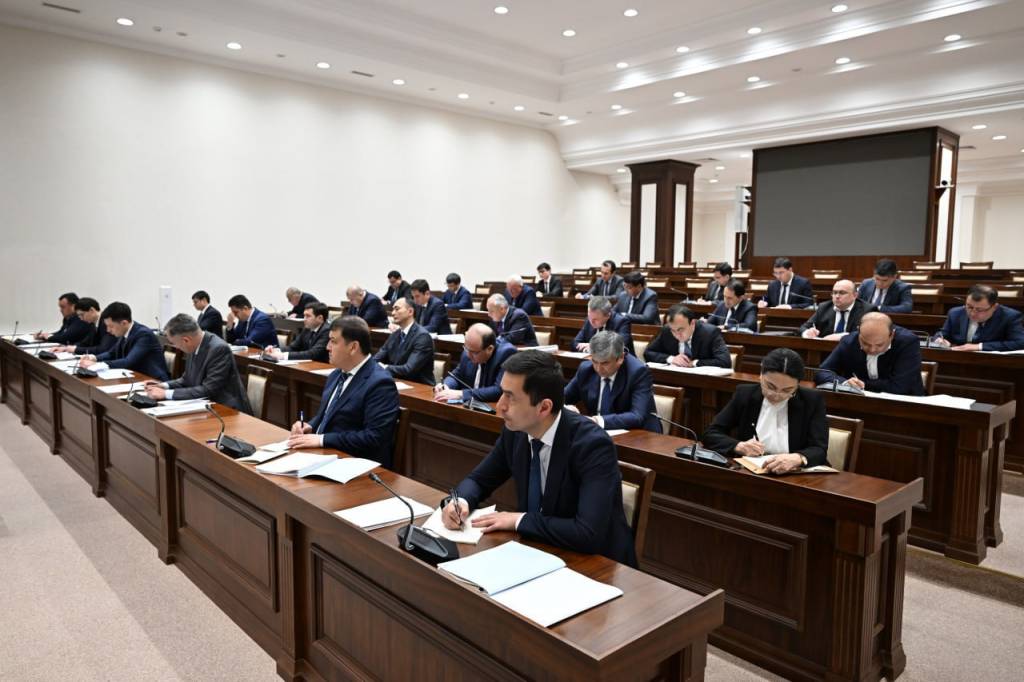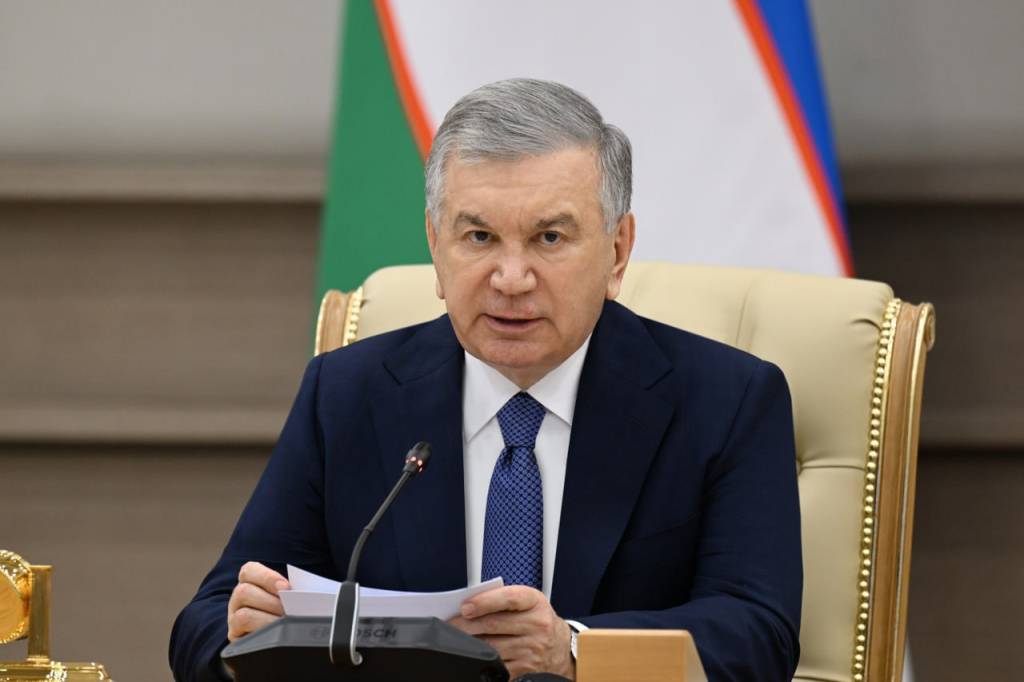WNAM MONITORING: President Shavkat Mirziyoyev chaired a video conference meeting to discuss enhancing regional tourism potential and accelerating projects involving foreign investment.
In recent years, the export of tourism services in Uzbekistan has increased by 1.6 times, reaching 3.5 billion USD. More than 2,000 new entrepreneurs have entered the sector. Last year, foreign tourists exceeded 10 million for the first time.
Tourism and service infrastructure is rapidly developing across the regions. Over the past 8 years, $6.5 billion has been invested in the sector, and 130,000 hotel beds have been created.
Today, 20 tourist villages operate in the country. A new international ski resort is being developed at Oltin Bel Peak in Parkent district.
Given the country’s historical, cultural, and natural wealth, the number of tourists could increase by another 2-3 times. However, some regions have shortcomings, such as inadequate roads and transportation links, a lack of entertainment venues, and insufficiently engaging tourist programs.
In this regard, measures to identify local opportunities, increase the number of tourist destinations, and improve conditions for visitors were discussed at the meeting.
For example, a significant portion of Sariasiya district consists of mountains with considerable potential for winter tourism. Projects worth around $200 million, including cable cars, hotels, and commercial service facilities, could be implemented there. Chartak district is also well-known for its beautiful scenery and healing springs.
Responsible officials have been tasked with developing a program to advance 36 such districts and cities, focusing on ethnic, gastronomic, medical, extreme, cultural-historical, pilgrimage, winter, and agrotourism.

Today, active efforts are underway to promote Uzbekistan’s tourism potential through prominent international television channels such as BBC and Euronews and participation in more than 20 international exhibitions. Visa procedures are being simplified, and modern aircraft are being acquired.
At the meeting, instructions were given on leveraging these opportunities to attract tourists from promising markets and establish direct flights.
Currently, a National Unified Tourism Platform is being developed. This platform will integrate services for issuing electronic visas and purchasing tickets. Additionally, a unified tourist card, providing access to all historical monuments, is planned.
In recent years, there has been an increased focus on domestic tourism, with the number of local tourists reaching 23 million people. Nevertheless, many residents have yet to travel to other regions.

In this regard, one weekend each month will be designated as “Family and Team Travel Days”. Under the initiative “Travel around Uzbekistan” youth competition winners will be awarded travel vouchers.
Another important direction is the preservation and restoration of cultural heritage sites. Over the past four years, restoration and conservation works have been completed at 327 such complexes. Currently, an additional 485 sites require repair.
It was highlighted that actively involving the private sector in these activities could lead to new business projects. Tasks were set to improve the mechanism for leasing cultural heritage sites and to digitize the tracking of revenues generated from these facilities.
The duration of higher education in the tourism sector has been reduced from four to three years, and a dual education system has been introduced. Additionally, plans are now in place to organize internships and employment opportunities for students abroad.
Overall, these measures could attract 15 million tourists this year and increase tourism service exports to $4 billion.
The second issue on the meeting agenda was an analysis of investment projects being implemented in cooperation with foreign countries.
In the first quarter of this year alone, visits to the United Arab Emirates, Malaysia, Kuwait, and France resulted in agreements for 178 projects totaling $39 billion. At the recent summit held in Samarkand, the European Union announced the allocation of €12 billion to Central Asia.
Considering this, Uzbekistan plans to attract $42 billion in foreign investments in 2025. This includes implementing 81 major projects and over 8,000 medium- and small-scale initiatives, securing $2 billion in grants from donor organizations, and raising $6 billion through banking channels.
The meeting featured a detailed analysis of investment opportunities by region and partner countries.
For instance, in the previously unattractive Oltinsoy district, which lacks railway connections and major highways, three significant projects totaling $100 million are currently underway. In Kushrabat district, two new granite mining and processing projects valued at $75 million have commenced. It was emphasized that such investment potential exists in every region, provided an appropriate strategic approach exists.
Last month, Uzbekistan Investors Day was held in London, resulting in agreements to attract $2.77 billion in investments. Similar events should be organized in major financial hubs such as New York, Singapore, Hong Kong, Dubai, Shanghai, Tokyo, and Istanbul.
As part of an extensive privatization program, it is planned to offer state-owned shares in 49 enterprises on the international market, while 15 large state-owned enterprises will issue Eurobonds. These measures represent an excellent opportunity for attracting foreign investments.
Jizzakh will host an international investment forum in April, followed by another in June in Tashkent. Emphasis was placed on thoroughly preparing project packages for presentation to investors.
Thanks to the transition to a new cooperation system with international financial institutions, $706 million has been utilized since the beginning of the year. Significant progress has been achieved in projects across heat energy, regional electric grids, agriculture, road, and railway infrastructure.
At the same time, there have been instances of untimely implementation and unjustified delays. It was stressed that from now on, any alterations to finalized projects must be reviewed exclusively by the government, and additional works should only commence after the main project is completed, funded solely by the savings achieved.
Projects worth $20 billion are being implemented jointly with international financial institutions in the energy, transport, agriculture, utility, and social sectors. Foreign partners today actively support the country’s reforms.
For instance, representatives from the World Bank, the EBRD, the Asian Development Bank, the French Development Agency, and the Islamic Development Bank visited the regions. They agreed to finance projects totaling $1.5 billion.
The Deputy Prime Minister has been tasked with replicating this experience in other regions and developing projects worth at least $3 billion.
At the meeting, proposals from ministers, hokims, ambassadors abroad, and entrepreneurs from the tourism industry were heard.


